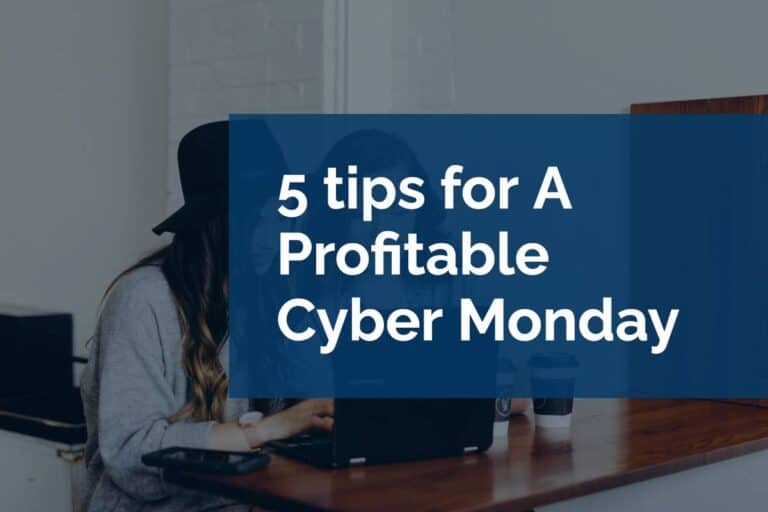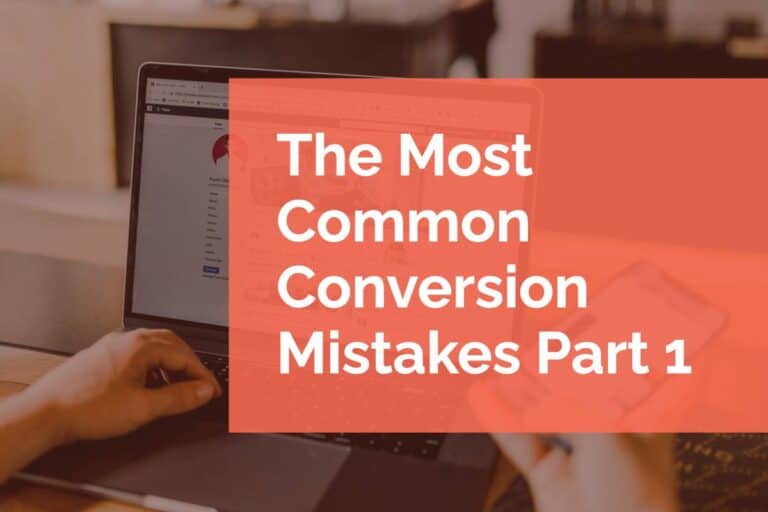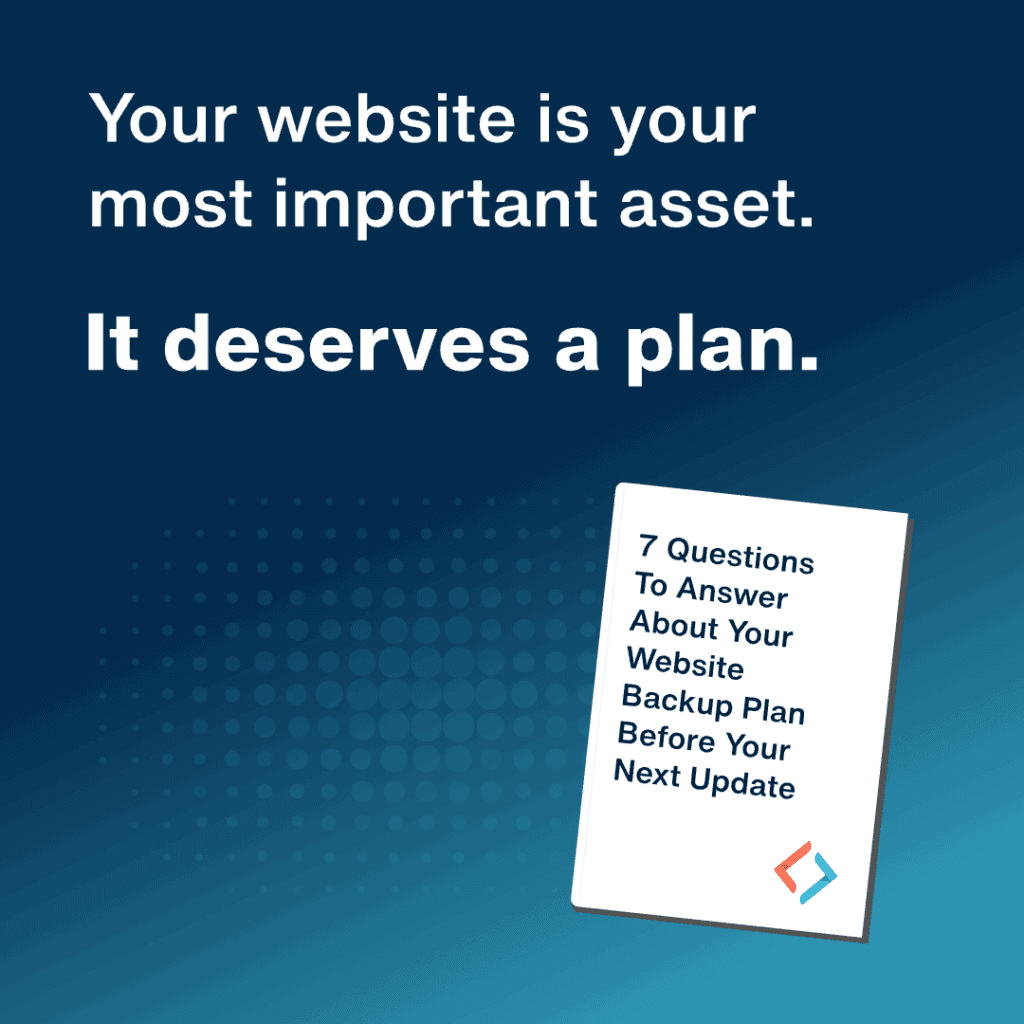Tips to Improve WordPress Landing Pages
Online digital marketing strategies have shifted in the past few years. Before, all anyone wanted was raw visitor numbers. If you had thousands of daily visitors, you considered your website a success.
And who wouldn’t want thousands of people to see your blog or website? It definitely makes the ego feel good, and if you’re running ad campaigns, lots of visitors could mean chances for clicks.
But over time, the goalposts shifted. If you’re a business, getting website visitors is just the first phase of a digital marketing strategy. After visitors come to your website, you want them to convert in some way – whether that’s buying, signing up for email marketing, or some other step that moves them further up your sales funnel.
That’s where landing pages come in.
What is a Landing Page?
A landing page is a specifically developed standalone page on your website that visitors will “land” on when they click through from an email, ad, or other digital location.
Where many website pages attempt to be all things to all people, a landing page will focus on a specific action you want your visitors to take, like capturing information or making a purchase.
Landing pages differ from your website’s “evergreen” pages in that they don’t exist in your regular website navigation. So, they’re not like your home, about us, or other pages. Instead, they are purpose-built pages created for a specific campaign or use case and removed or replaced later.
Do Landing Pages Really Work?
Short answer – Yes!
If you’ve spent any time studying inbound marketing, you’ve undoubtedly heard about the need for landing pages. They’re not just a shiny new marketing tool people are fixated on. The data on landing pages show they work well for businesses. Businesses with 10-15 landing pages see a 55% increase in lead generation. And those that create more than 40 landing pages create 12 times more leads than those who aren’t using landing pages.
This is because they streamline activity and focus user behavior. Your home page needs to do many things – welcome first-time visitors, give a rundown of all your services, tell users about your company, social proof, etc. Most home pages have a crazy amount of links and possible actions for visitors to take.
Landing pages, on the other hand, remove the paradox of choice. You’re not asking them to sign up for an email newsletter, visit your blog, and buy a product all on the same page. You’re focused on one action, which makes it more likely the person visiting will do what you’ve asked of them.
Tips to Help You Improve
Now that we’ve covered the why, let’s dive into how you can improve landing pages to get more conversions. From crafting compelling headlines to designing visually appealing layouts, minor tweaks to setting up your landing pages will boost visitor engagement and inspire action.
Simplify Your Design
The best landing pages are built with a specific targeted action in mind. Remove everything that would distract a visitor from that. Some will even remove top or side navigation options, leaving the viewer with only one possible action to take – the CTA. Keep the focus on your conversion goal.
Make Your Call To Action Obvious
The CTA on your landing page is why you created the page in the first place. So, make sure it’s easy to find by using contrasting colors, large buttons, and compelling copy to ensure it pops on the page. The last thing you want is for visitors to need to search to find the CTA or miss it in some way. Try to get it above the fold (before the page starts scrolling) to ensure people know what action you want them to take from the beginning.
Repeat Your CTA (if necessary)
Some web pages require more copy to explain a product or service or need large graphics. In these cases, don’t be afraid to repeat your CTA halfway through and at the end of the page. You don’t know when a specific point will finally sink in and flip the switch in your audience’s mind. But you want to ensure they have a CTA to click on when that happens. Just be sure to use the same CTA throughout to not dilute the intended action.
Ensure a Speedy Experience
Page load speed is crucial for SEO and also your user experience. People will bounce off the page if it loads slowly. So all your work could be for nothing. Improve your page by optimizing images, using caching plugins, and choosing a dedicated WordPress hosting provider.
Clearly Define Your Value
You want to make the value you’re offering website visitors clear from the start, not buried under paragraphs of “clever” copy. Start with a compelling headline that grabs attention, and make sure it clearly communicates how your product or service solves a specific need they have.
Optimize for Mobile
No one can afford to ignore mobile web traffic. Many will build landing pages on a desktop or larger monitor. Still, you must test and ensure a streamlined experience for mobile visitors.
Include Social Proof
Social proof establishes credibility and builds trust with your visitors. It shows them other people who have successfully used your product or service. Including social proof categories, like testimonials, reviews, ratings, case studies, or social media mentions has been shown to improve the conversion of the landing page. Tailor the social proof you include based on the landing page conversion you’re aiming for and where you think the visitor is on your sales funnel.
A/B Test
Not sure which landing page will convert best? Test them. A/B testing allows you to find the tone of voice, CTA placements, and other details that work best for your audience. You’ll often be surprised by the results. In one case, a business included social proofs (as recommended by best practice articles). But, in A/B testing, they found that more customers clicked through when social proofs weren’t included – because their customer base wanted to feel unique and special. We’re not saying to ignore best practices but to test everything to see what works for your business.
Wrapping Up
Landing pages should be an integral part of any online digital marketing strategy. Try a few out (if you haven’t already started using them) to convert visitors. If you have already been implementing landing pages, try to use them more in combination with these tips to get the most value possible.
And if you feel overwhelmed or don’t know where to start, please reach out to us for a consultation. For nearly two decades, we have consulted with small to large-scale clients on their digital marketing needs. Reach out to us today!
Please note: Links to external companies may be affiliate links. If you use our links, we may earn a small commission.






